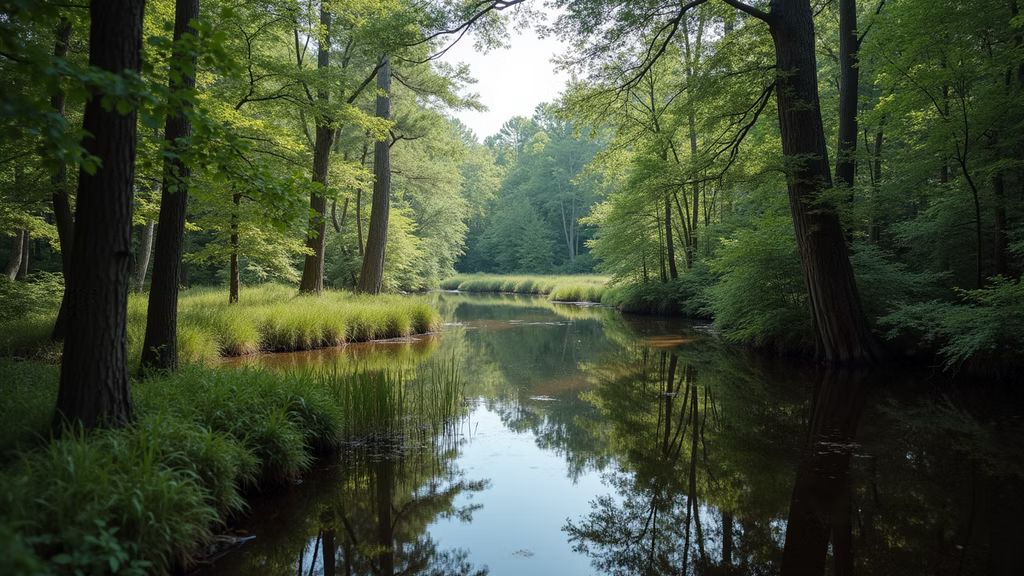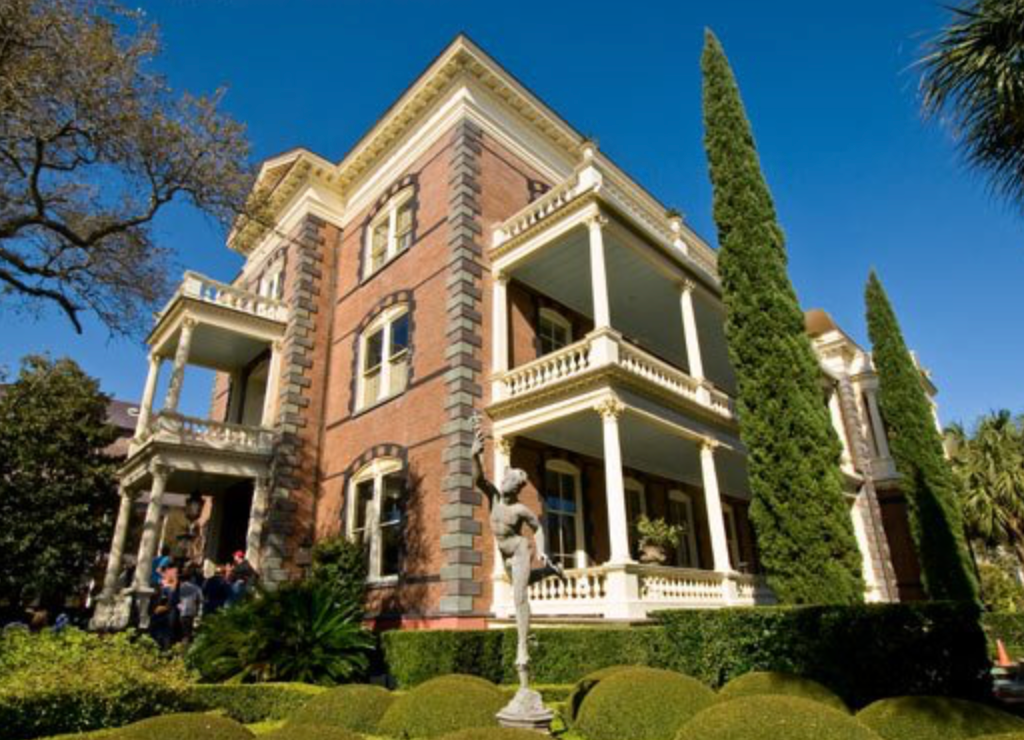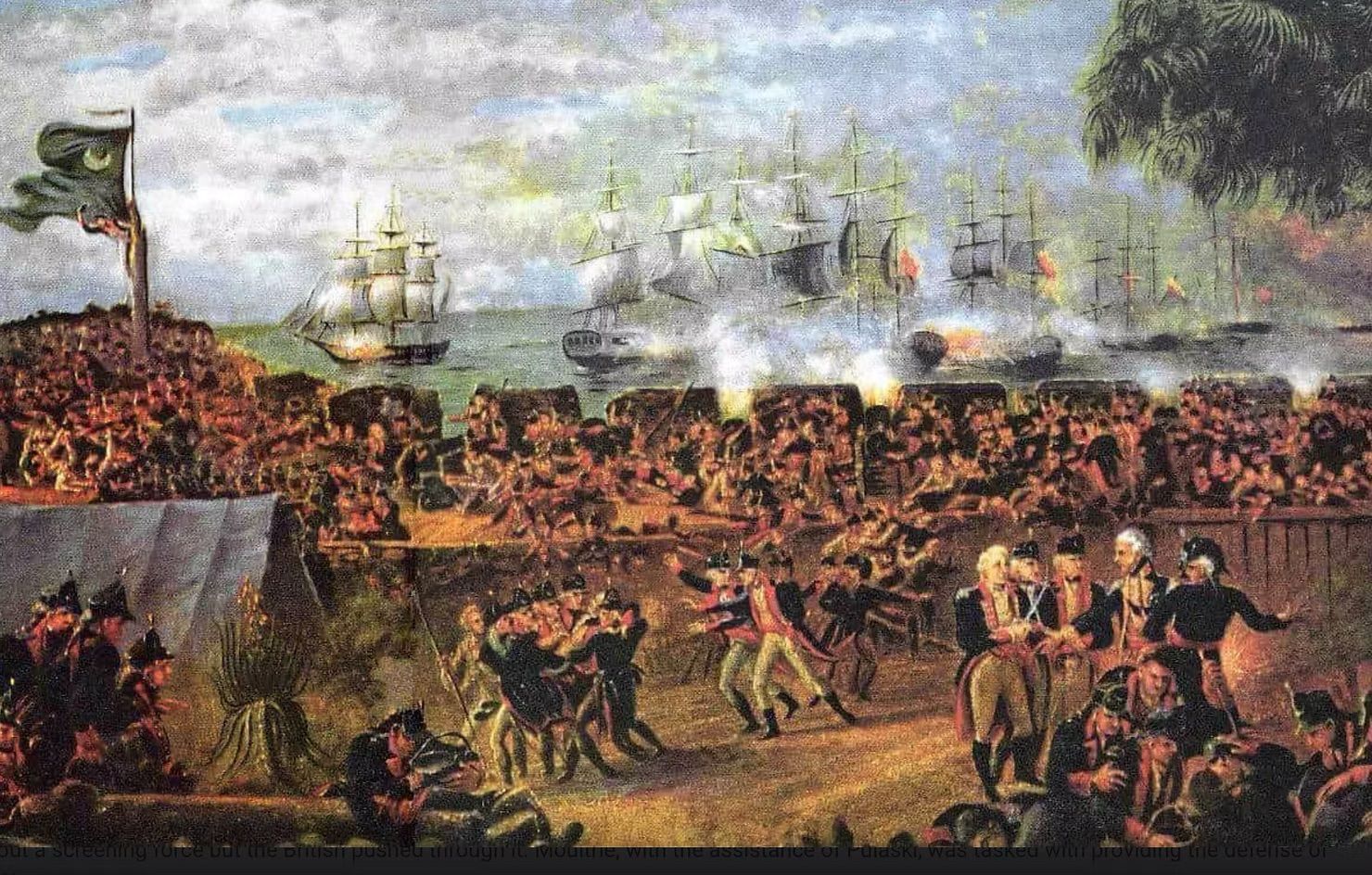Blog
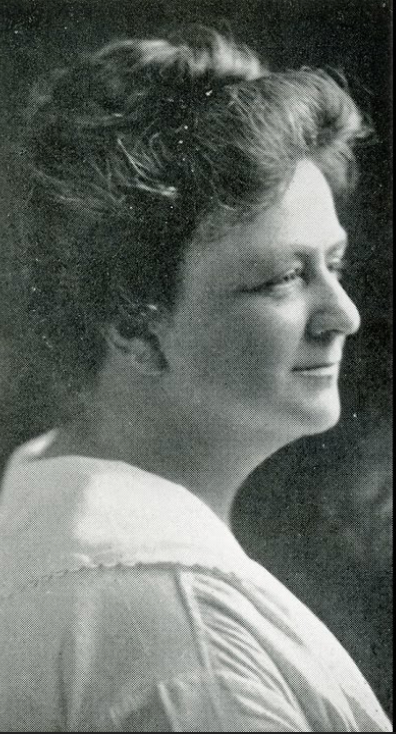
Susan Pringle Frost was a remarkable figure who played a vital role in shaping the preservation movement in the United States. Born in 1870 in Charleston, South Carolina, Frost developed a passion for architecture and history early on. Her commitment to preserving old structures and historic sites not only transformed her city but also laid the foundation for a nationwide movement that continues to thrive today.
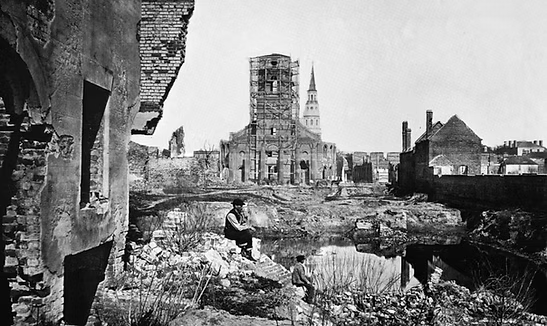
The Siege of Charleston, South Carolina, was one of the longest and most grueling campaigns of the American Civil War. From July 1863 to February 1865, Union forces worked to capture the symbolic heart of the Confederacy—the very city where the first shots of the war had been fired at Fort Sumter. After the failed frontal assaults on Charleston’s defenses—most notably the bloody Battle of Fort Wagner in July 1863, where the 54th Massachusetts Infantry (an African American regiment) fought bravely—Union commanders shifted strategy. Rather than take Charleston by direct attack, they began a methodical siege, tightening their grip over time.
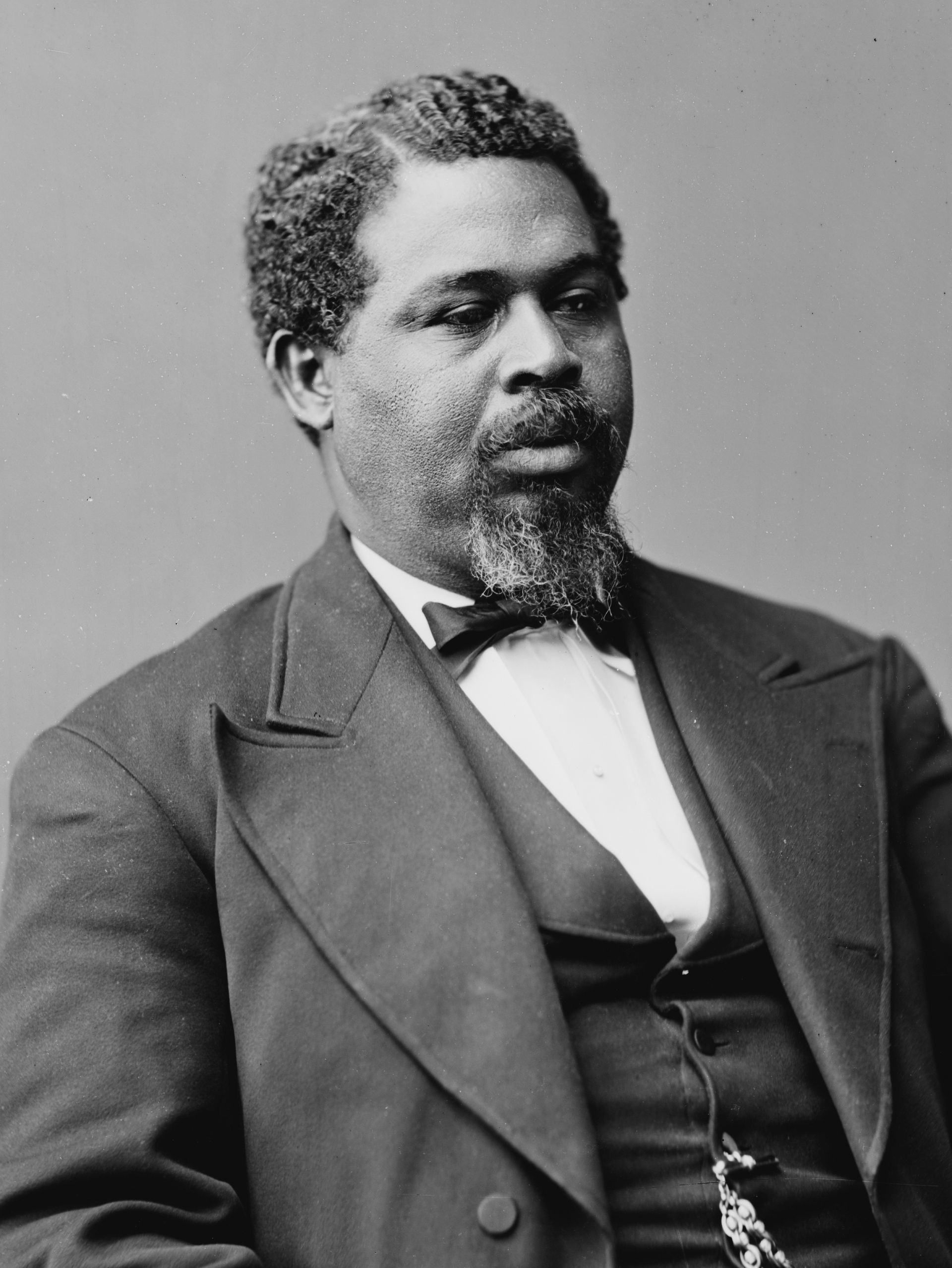
The Bold Escape of Robert Smalls In the still hours before dawn on May 13, 1862, the Confederate warship Planter sat quiet in Charleston Harbor. Its white officers had left for the night, trusting the crew of enslaved men to keep her safe. But Robert Smalls, a 23-year-old enslaved man from Beaufort, South Carolina, had other plans—plans as daring as they were brilliant.

